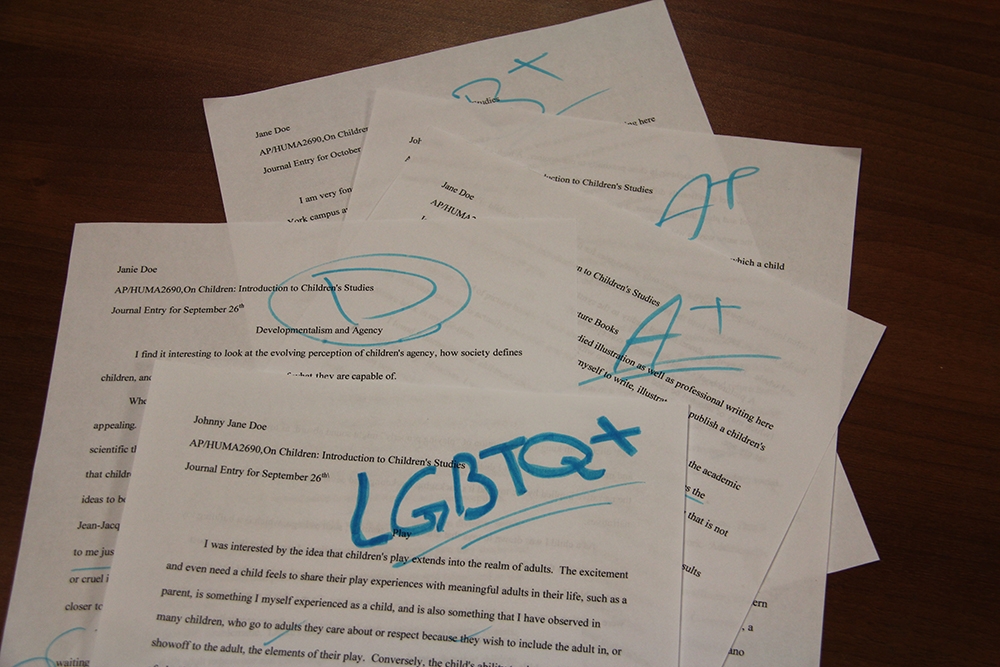Arthur Burrows | Contributor
Featured image by Amir Yazdanparast
Queer students in Ontario schools face many obstacles on top of the worries and anxieties of the average teenager. According to a 2011 Egale Canada Human Rights Trust report, LGBTQ+ students are more likely to face verbal, physical and sexual harassment. These students must navigate queer and transphobic teachers and administrators, and fear for their safety in many school environments, especially gender-segregated change rooms and washrooms.
These challenges are even greater for queer and trans students of colour who carry different intersectional identities such as race, socioeconomic class or disability.
While these problems are dire, we must aspire to create safe learning spaces for our queer and trans students. Verbal, physical and sexual harassment are the result of not only homophobia in our schools, but also heteronormativity—the assumption that influences many structures and leave those outside of the heteronormative binary outcasted.
Our schooling is established on a binary understanding of gender, not only as reflective of two sexes, but also as representative of natural biological impulses. When we leave social gender norms unchallenged in our schools, we reinforce the idea that gender is based in biology instead of sociology.
We reinforce norms such as the colour pink being somehow inherently feminine or that assertiveness can be taught to men but is somehow unbecoming of women.
These unexamined norms in our schools are very hostile to anyone who strays away from the normative gender binaries. In particular, queer culture and aspects of it can be seen as violating these sexual and gender norms.
In February of this year, a gay and lesbian teacher panel was hosted by the Faculty of Education’s Gay-Straight Alliance. The purpose of the panel was to allow teachers to think about their own sexuality in regards to their job, and work toward creating safe spaces for students.
During the workshop, the challenges and pleasures of being an LGBTQ+ teacher were discussed. Particular attention was paid to the invisibility of trans-identified teachers on the panel, resulting from fear of appearing on the panel. The panel provided an insightful look at queer culture within public education and how educators cope with the unique challenges of being LGBTQ+.
One of the great challenges faced by queer and trans youth is a lack of intergenerational connections. Students facing discrimination on the basis of race or religion are often able to turn to their families for comfort, assistance and a cultural sense of place. However, not all queer and trans children are born to queer or trans parents. This often leaves queer adults and queer culture outside of our schools, but in a province dedicated to being representative and reflective of all students, as well as the broader diversity of our country, city and world, queer culture deserves a place in our schools.


